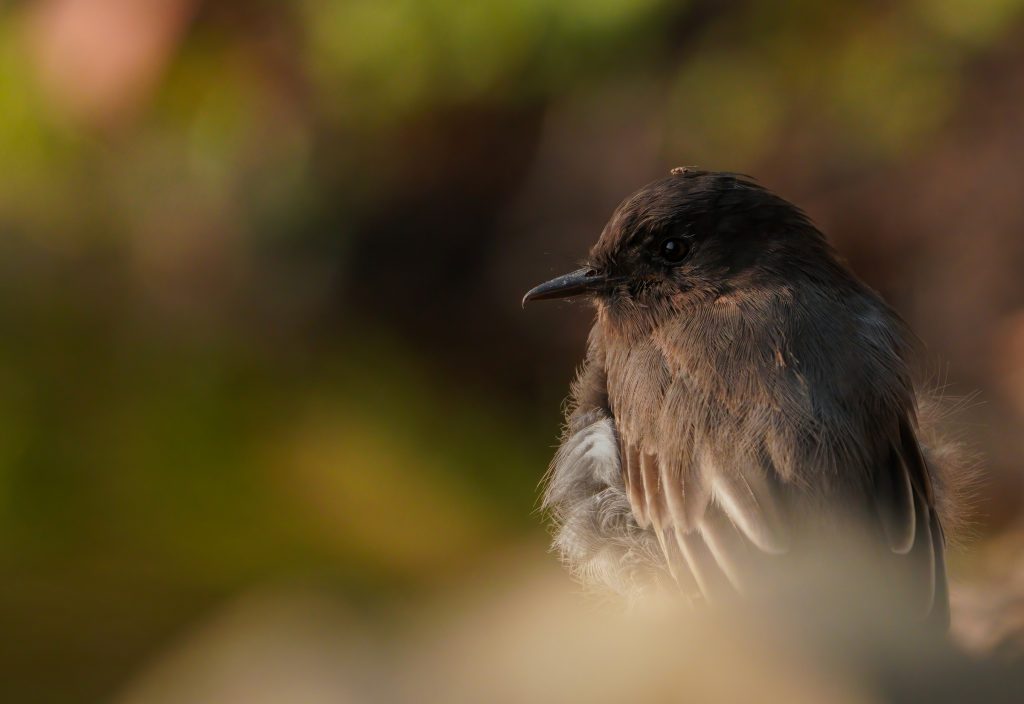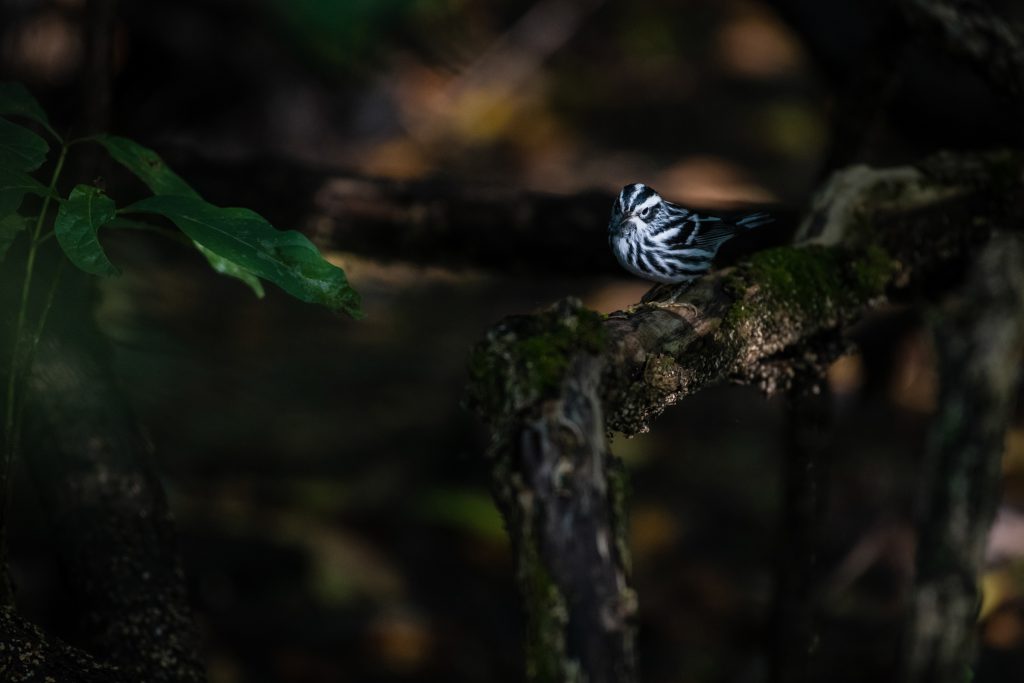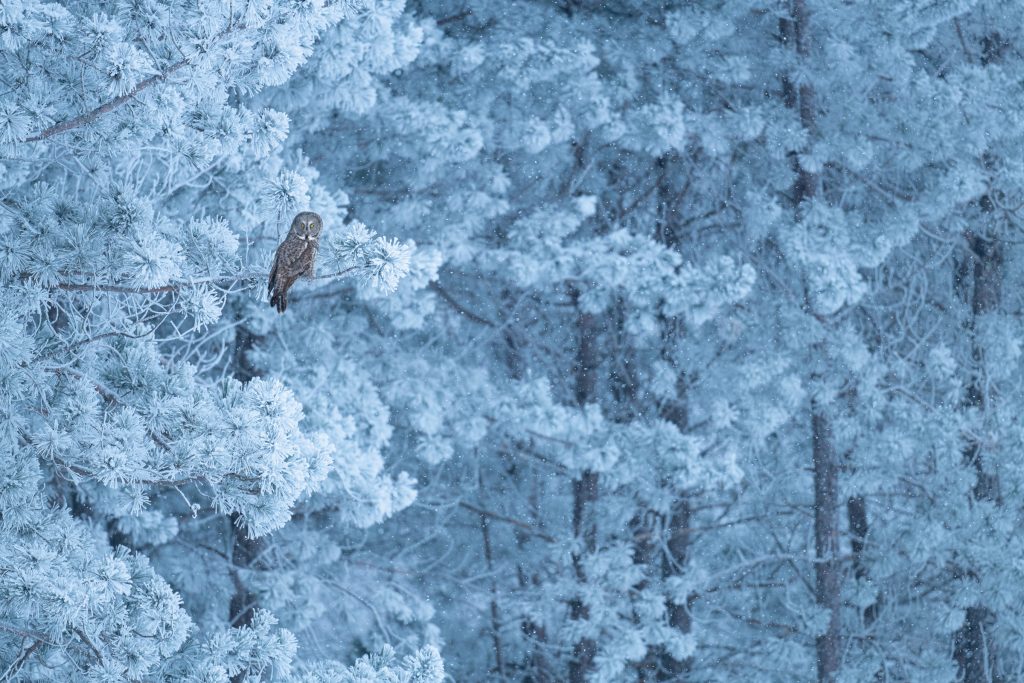The 2022 Audubon Photography Awards: The Top 100
Moments of delight and awe abound in this collection of standout bird photography. Scroll through and learn the story behind each shot
This year almost 2,500 photographers from across the United States and Canada submitted nearly 10,000 photographs and videos to Audubon’s 13th annual Audubon Photography Awards. Reviewing anonymous image and video files, three panels of expert judges selected eight stunning winners and five honorable mentions. (Spoiler alert: It was a great year for grouse).
We couldn’t stop there, with so many more exceptional shots—and exceptional birds—worth sharing. So we’ve selected 100 additional photos to feature. Displayed in no particular order, these photos give just a taste of birds’ glorious variety. They also showcase a wide array of techniques used by wildlife photographers, as captured in entertaining and thoughtful “behind the shot” stories that accompany each image.
We hope these photos and anecdotes may inspire you to pick up a camera and capture your own unique avian moments. Be sure to peruse our photography section as you get started, including tips and how-to’s, Audubon’s ethical guidelines for wildlife photography, and gear recommendations. And remember to look out for the announcement of next year’s awards entry period in January 2023. Maybe it could be your shot that makes the cut.
- American Woodcock by Hector Cordero

Location: New York, New York Camera: Canon EOS R5 with a Canon EF 100-400mm f/4.5-5.6L IS II USM lens; 1/1600 second at f/5.6; ISO 4000Behind the Shot: I was monitoring the migration of American Woodcocks, one of the most frequent collision victims in New York City, when I found this bird. I spent hours photographing him as he looked for food between bushes and leaves. I decided to lie down on the ground and wait for the bird to come out into the open. Just minutes before dusk, he turned to face me and started walking. I rushed to get the correct parameters, focus, and composition. At that moment, my efforts paid off. I hope my photo will be useful for raising awareness about collisions and solutions to prevent them, such as installing bird-friendly glass.
- Black Phoebe by Raechel Lee
A Black Phoebe sits in the lower right corner of the photo, its back to the camera. Its head is turned in profile and the bird gazes to the left. A small fly perches on top of its head.

Location: Los Gatos, California
Camera: Sony Alpha 7R IV with a Sony 200-600mm F/5.6-6.3 G OSS lens; 1/1000 second at f/7.1; ISO 1250
Behind the Shot: On a summer morning, I noticed this browner-than-usual Black Phoebe perched near a lake’s edge. Looking at it through the viewfinder revealed more distinctive colors and textures in its plumage: some rusty fringing near its nape and upper back and fluffy side feathers that—though by no means unorderly—seemed resolute in maintaining their own disposition. It was only upon reviewing the photos that I saw a surprise visitor who had snuck in to pose with this little flycatcher.
3.Black-and-white Warbler by Christy Frank

Location: Magee Marsh Wildlife Area, Oak Harbor, Ohio
Camera: Nikon D850 with Nikkor 200-500mm f/5.6 ED VR lens; 1/1250 second at f/5.6; ISO 2000
Behind the Shot: While many people race through the Lake Erie area to find the more colorful migrant birds, I’ve found that simply sitting in one location quietly will help me blend into the habitat. In September, I watched as a Black-and-white Warbler appeared and feasted on insects along a branch. I hoped the bird would move into a patch of sunlight illuminated in this lush habitat. When it did, I lifted my camera to capture this beautifully patterned bird that seemed to glow on its own little branched stage. I relish observing behavior and spending time with birds that many overlook. Moments like this bring such joy, and I feel so connected to the natural world.
4.Great Gray Owl by Benjamin Olson

Location: Near Bemidji, Minnesota
Camera: Nikon D850 with a NIKKOR 500mm f/5.6E PF ED VR lens; 1/1000 second at f/5.6; ISO 800
Behind the Shot: In winter 2019, just before COVID-19 hit, I had one of the most remarkable weeks of my 16-year photography career. I was notified of a place where at least five Great Gray Owls were wintering, and I had to go see them for myself. On that first morning, I arrived just before sunrise to see everything covered in hoarfrost, which remained on the trees all day. Immediately after this owl hunted in front of me, it headed to this stand of red pines. I didn’t go more than five minutes without an owl in sight throughout the day, which is one I still dream of.
5.Sanderling by Jeremy Rehm

Location: Chincoteague National Wildlife Refuge, Chincoteague, Virginia
Camera: Canon EOS R6 with a Canon EF 500mm f/4L IS II USM lens and Canon Mount Adapter EF-EOS R; 1/800 second at f/4; ISO 400
Behind the Shot: I drove three hours to Chincoteague Island for my first real venture into photographing shorebirds. I wanted to capture photos at sunrise, but it wasn’t until my last morning that I got the chance. I plopped down on the sand on my belly near some seafoam and ahead of a long line of Sanderlings probing for food down the shoreline. When the birds finally came near, I had a hard time keeping up with them. Sanderlings’ little legs seem to go a mile a minute, but this one took a short breather right at the edge of the seafoam. It was a beautiful and serene moment before the Sanderling sprinted into the sea foam and continued its search for food.
more to come


